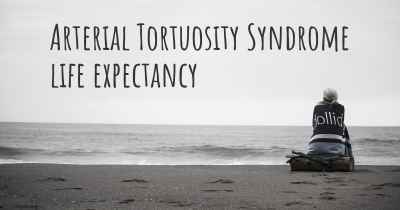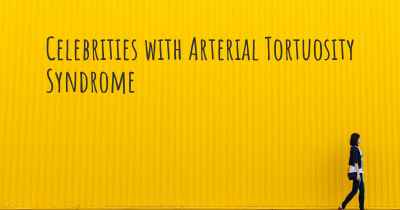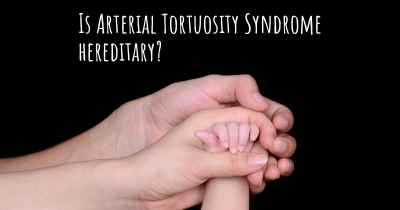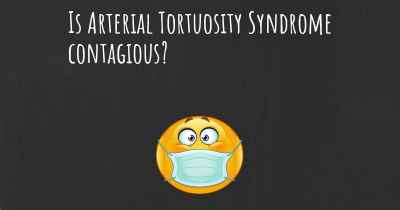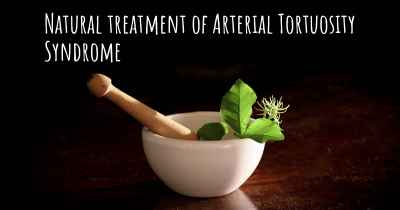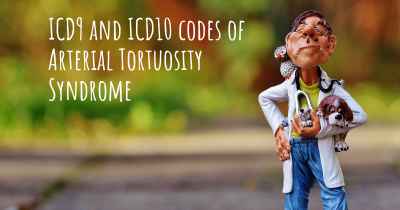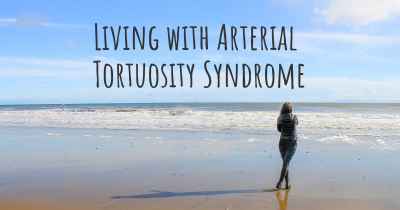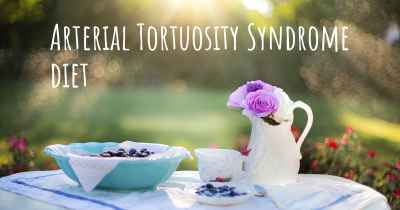Which are the causes of Arterial Tortuosity Syndrome?
See some of the causes of Arterial Tortuosity Syndrome according to people who have experience in Arterial Tortuosity Syndrome
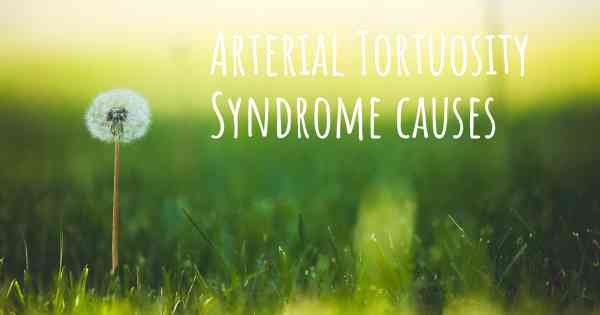
Arterial Tortuosity Syndrome (ATS) is a rare genetic disorder characterized by the abnormal twisting and elongation of the major arteries in the body. This condition affects the connective tissues that provide structural support to the blood vessels, leading to their abnormal development and function. While the exact cause of ATS is not fully understood, it is believed to be primarily caused by genetic mutations.
Genetic Mutations: The most significant cause of ATS is genetic mutations that affect the production or function of certain proteins involved in the development and maintenance of connective tissues. These mutations are typically inherited in an autosomal recessive manner, meaning that an individual must inherit two copies of the mutated gene (one from each parent) to develop the condition. The specific genes involved in ATS include SLC2A10, which encodes a glucose transporter protein, and FBN1, which encodes a protein called fibrillin-1 that is essential for the formation of elastic fibers in connective tissues.
Connective Tissue Abnormalities: The genetic mutations associated with ATS lead to abnormalities in the production and organization of connective tissues throughout the body. Connective tissues provide structural support to various organs and tissues, including blood vessels. In ATS, the connective tissues in the arterial walls become weak and less elastic, causing them to stretch and twist abnormally. This results in the characteristic tortuosity (twisting) of the arteries seen in individuals with ATS.
Cardiovascular Complications: The arterial tortuosity seen in ATS can have significant implications for cardiovascular health. The abnormal twisting and elongation of the arteries can disrupt blood flow, leading to reduced oxygen and nutrient supply to various organs and tissues. This can result in a range of cardiovascular complications, including hypertension (high blood pressure), aneurysms (weakened and bulging arterial walls), and ischemic events (reduced blood supply to organs). These complications can have serious consequences for affected individuals and may require medical intervention.
Other Factors: While genetic mutations are the primary cause of ATS, other factors may influence the severity and presentation of the condition. For instance, environmental factors and epigenetic modifications (changes in gene expression without altering the underlying DNA sequence) may contribute to the variability in symptoms observed among individuals with ATS. Additionally, the presence of other genetic variations or mutations in genes related to connective tissue disorders may interact with the primary genetic mutations, further influencing the development and progression of ATS.
In conclusion, Arterial Tortuosity Syndrome is primarily caused by genetic mutations that affect the production or function of proteins involved in connective tissue development. These mutations lead to abnormalities in the connective tissues of the arterial walls, resulting in their abnormal twisting and elongation. The condition can have significant cardiovascular implications, including hypertension, aneurysms, and ischemic events. While genetic mutations are the main cause, other factors such as environmental influences and additional genetic variations may contribute to the variability in symptoms observed among individuals with ATS.
Posted Mar 10, 2018 by Andrea Taylor 2500
